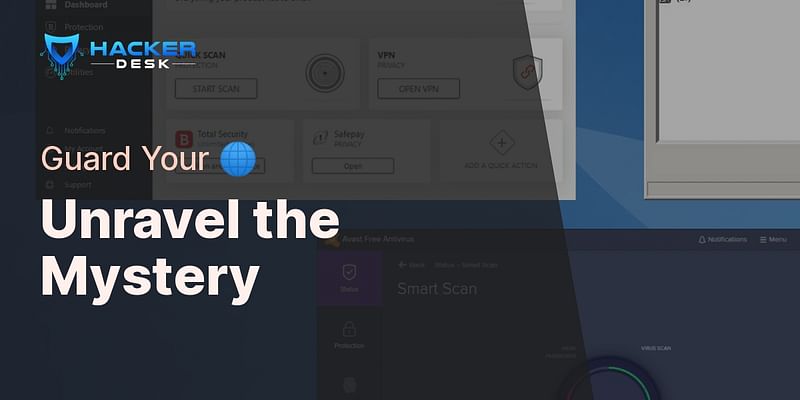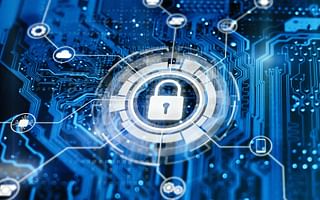Caleigh Gutkowski is a distinguished cybersecurity expert with over ten years of experience in the technology sector. Her expertise lies in detecting and preventing network intrusions. Caleigh is renowned for her talent in demystifying intricate security notions for the ordinary user.
Online security refers to the measures and practices taken to protect your digital information and activities from unauthorized access, use, or damage. In today's interconnected world, where we rely heavily on the internet for various tasks, online security is of utmost importance.
At its core, online security aims to safeguard your personal and sensitive information, such as passwords, financial details, and private communications, from falling into the wrong hands. It also involves protecting your devices, networks, and systems from malware, viruses, and other cyber threats.
To better understand online security, let's break it down into a few key components:
1. Confidentiality: This aspect of online security ensures that your sensitive information remains private and accessible only to authorized individuals or entities. Encryption plays a vital role in maintaining confidentiality by encoding your data in a way that can only be deciphered with the appropriate decryption key.
Encryption Methods for Maintaining Confidentiality
| Encryption Method | Description | Key Features | Use Cases |
|---|---|---|---|
| Symmetric Encryption | Uses the same key for encryption and decryption. | Fast, efficient, suitable for large data volumes | Secure email, file and data encryption, VPNs |
| Asymmetric Encryption | Uses a pair of keys: a public key for encryption and a private key for decryption. | Highly secure, no need to exchange keys, but slower than symmetric encryption | Secure web browsing (HTTPS), secure email (PGP), digital signatures |
| Hash Functions | Transforms input of any size into a fixed-size string of text. It's a one-way function, meaning the original data can't be retrieved. | Fast, efficient, provides data integrity | Password storage, data integrity checks |
| Quantum Encryption | Uses principles of quantum mechanics to encrypt data. An eavesdropper's attempt to intercept the transmission changes the data, alerting the sender and receiver. | Highly secure, immune to eavesdropping, but currently not widely available | Secure government communications, future-proof encryption |
2. Integrity: Integrity ensures that your data remains intact and unaltered during transmission or storage. It involves implementing measures to prevent unauthorized modifications, deletions, or tampering of your information. Techniques such as digital signatures and checksums help verify the integrity of data.
3. Availability: Availability refers to the accessibility of your data and services when you need them. Online security measures aim to prevent disruptions caused by cyber attacks, system failures, or other technical issues. Redundancy, backups, and disaster recovery plans are crucial for ensuring the availability of your digital assets.
4. Authentication: Authentication is the process of verifying the identity of users or devices attempting to access your systems or data. Strong authentication mechanisms, such as passwords, biometrics, and two-factor authentication, help prevent unauthorized access and protect against identity theft.
5. Authorization: Authorization determines what actions or resources a user or device is allowed to access. By implementing proper authorization controls, you can ensure that only authorized individuals have the necessary privileges to perform specific actions or access certain information.
6. Security Awareness: Online security is not solely dependent on technical measures. It also involves educating and raising awareness among users about potential risks, best practices, and common attack vectors. Regular training and awareness programs help users make informed decisions and contribute to a secure online environment.
To achieve robust online security, it is essential to adopt a layered approach. This involves implementing a combination of technical controls, such as firewalls, antivirus software, and intrusion detection systems, along with user awareness and adherence to security policies.
Regular updates and patches for software and operating systems are also crucial, as they often address known vulnerabilities. Additionally, conducting regular penetration testing can help identify weaknesses in your systems and networks, allowing you to proactively address them before they can be exploited by attackers.
Remember, online security is an ongoing process that requires vigilance and continuous improvement. By staying informed about the latest threats, keeping your systems up to date, and following best practices, you can significantly reduce the risk of falling victim to cyber attacks and protect your digital presence in the ever-evolving digital world.















